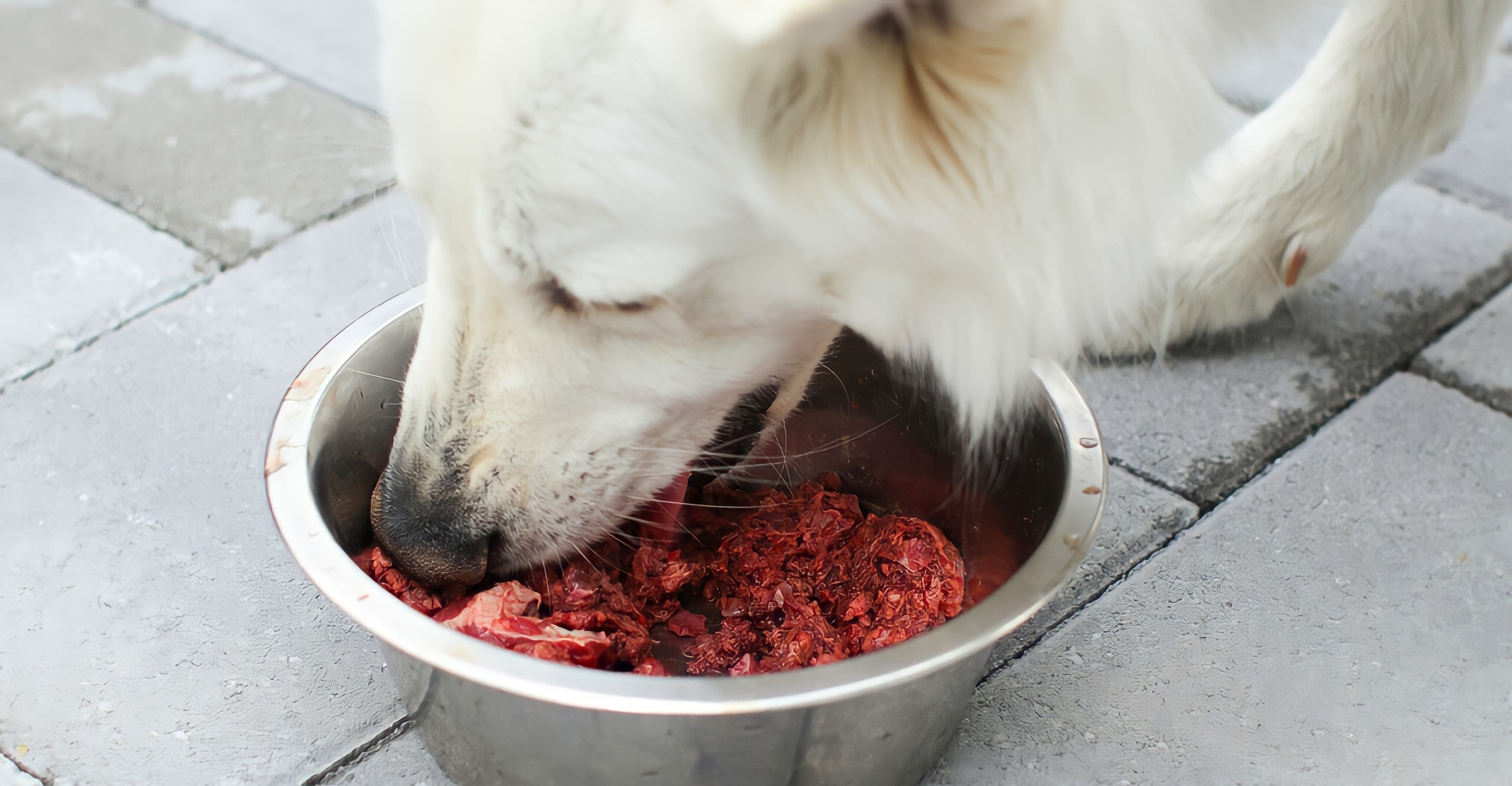
Raw pet food diets, often uncooked meats, organs, and bones, have gained popularity among pet owners seeking a more “natural” feeding approach. Proponents argue that such diets mirror ancestral eating habits, potentially producing benefits like shinier coats and increased energy. However, leading health organizations, including the FDA and CDC, have raised concerns about the safety of raw pet foods.
These diets can harbor harmful pathogens such as Salmonella, Listeria monocytogenes, and E. coli, posing risks to pets and humans handling the food. Infections can occur through direct contact or cross-contamination, leading to serious health issues. Moreover, raw diets may lack essential nutrients, affecting a pet’s overall health.
While some pet owners report positive outcomes, the potential dangers associated with raw feeding cannot be overlooked. This article delves into the hidden risks of raw pet food, providing insights from experts and research to help pet owners make informed decisions.
Pathogens in Raw Pet Food
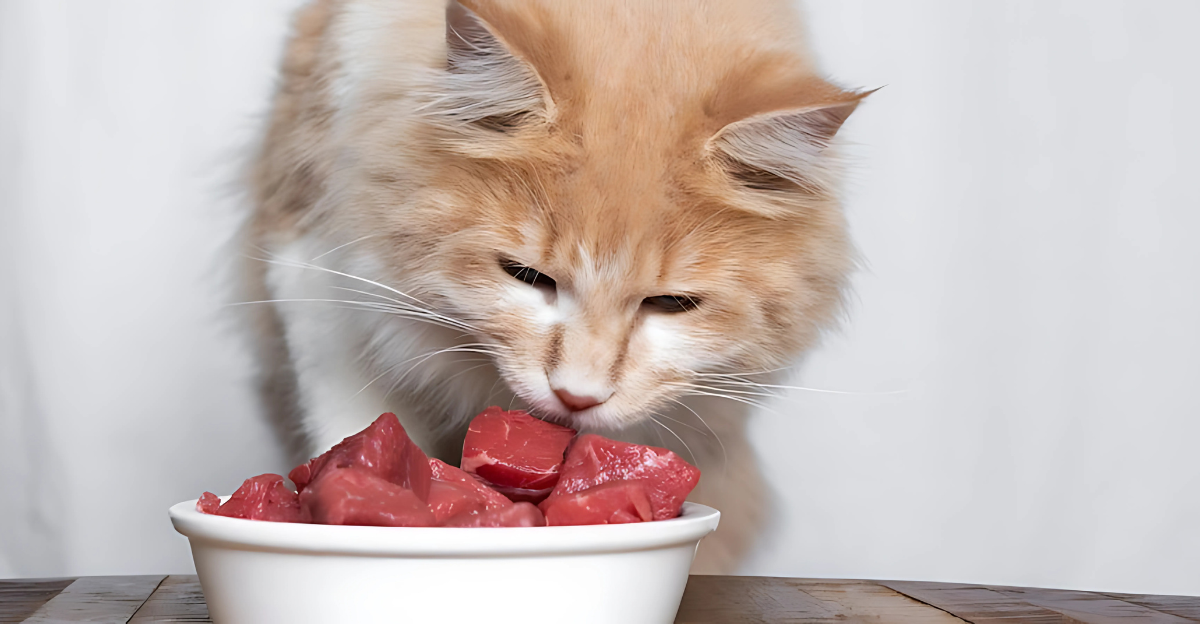
Raw pet foods can be contaminated with harmful bacteria. Studies have found that many raw pet food samples tested positive for Salmonella and Listeria monocytogenes. These pathogens can cause severe illness in pets and humans, especially those with weakened immune systems.
Infections can lead to symptoms like vomiting, diarrhea, and fever. Proper handling and hygiene are crucial when dealing with raw pet foods to minimize the risk of contamination.
Nutritional Imbalances

Feeding pets a raw diet without proper guidance can lead to nutritional deficiencies or excesses. For instance, an imbalance in calcium and phosphorus can result in bone deformities or other health issues.
It’s essential to ensure that raw diets are well-balanced and meet all pets’ nutritional requirements. Consulting with a veterinary nutritionist can help formulate an appropriate raw diet plan.
Risk to Human Health
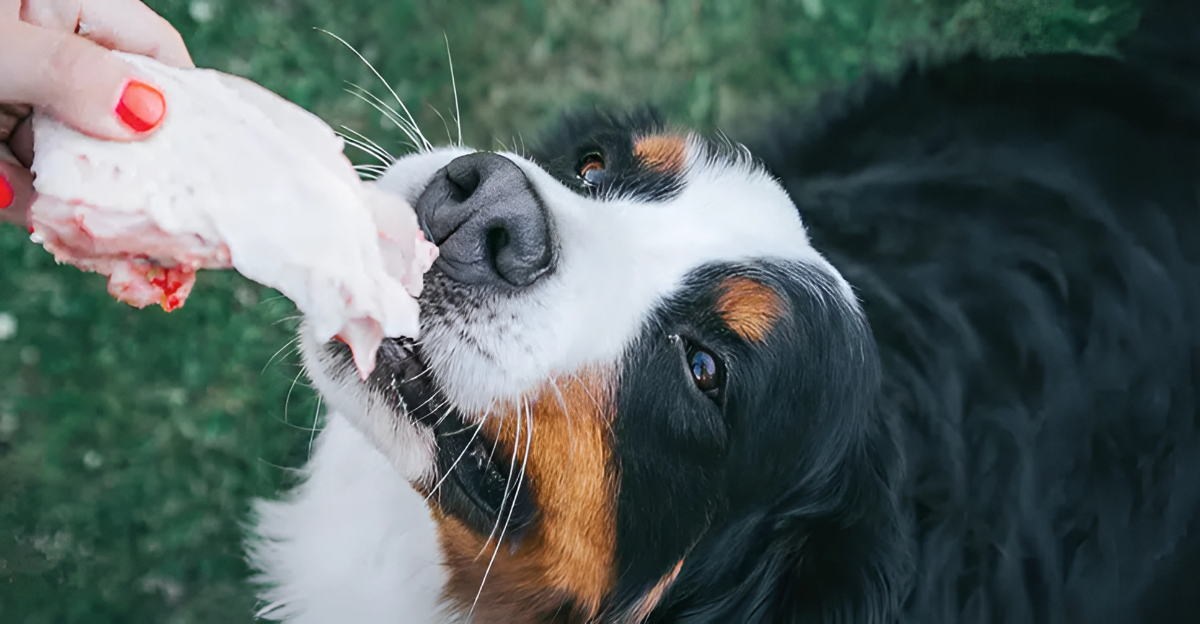
Handling raw pet food poses a risk to human health due to potential exposure to harmful bacteria. Cross-contamination can occur through surfaces, utensils, or direct contact, leading to illnesses like salmonellosis.
Children, older people, and immunocompromised individuals are particularly vulnerable. Good hygiene, such as washing hands and disinfecting surfaces, is vital when preparing raw pet food.
Veterinary Perspectives
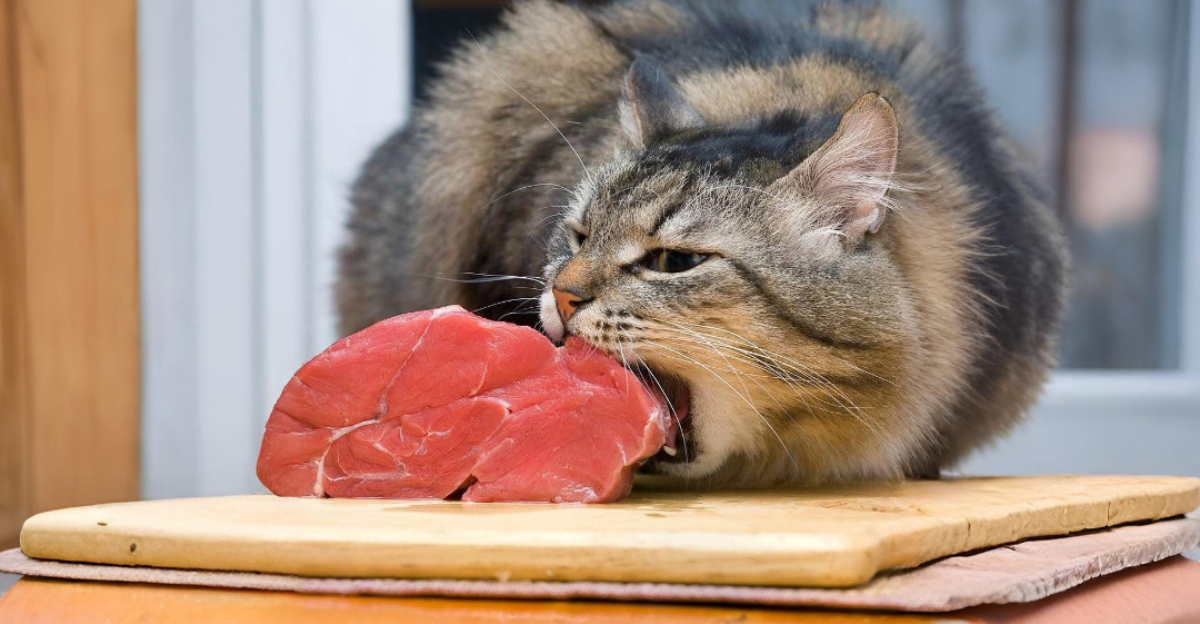
Veterinarians have mixed opinions on raw pet diets. Some acknowledge potential benefits but caution against the risks of bacterial contamination and nutritional imbalances.
Others recommend commercial pet foods that are formulated to meet established dietary standards. Pet owners should consult with their veterinarians before making dietary changes.
Regulatory Oversight
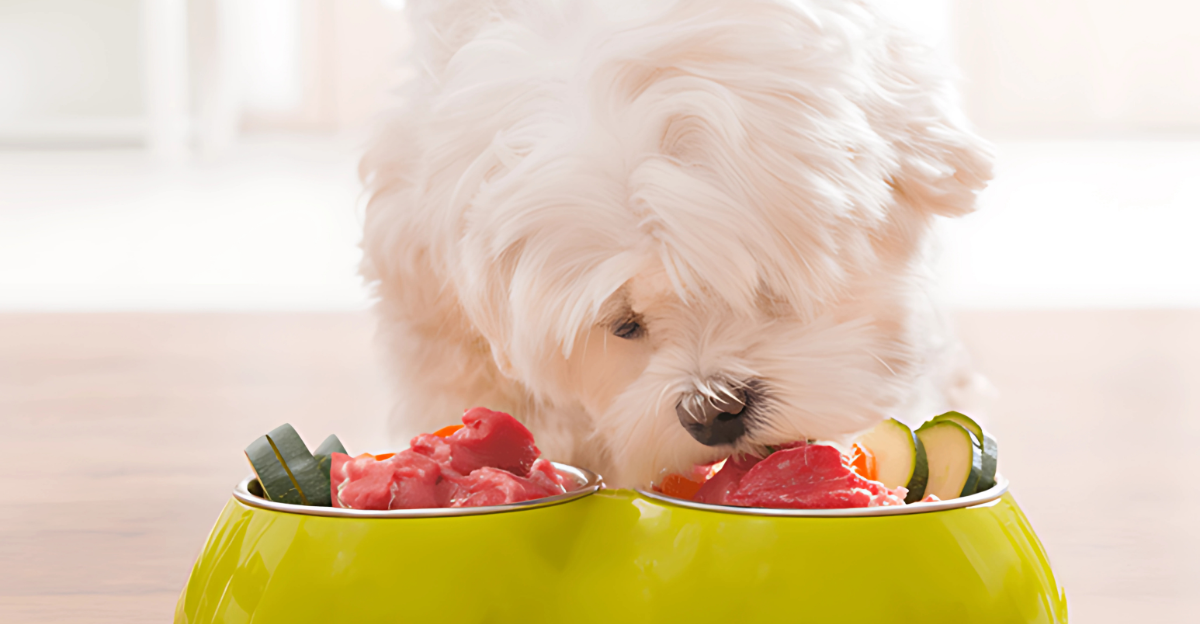
The pet food industry is regulated to ensure safety and nutritional adequacy. However, raw pet foods may not always undergo the same level of scrutiny as commercial diets.
Ensuring that raw pet food products are sourced from reputable manufacturers and meet safety standards is crucial. Pet owners should stay informed about recalls and safety alerts related to pet food products.
Alternatives to Raw Diets
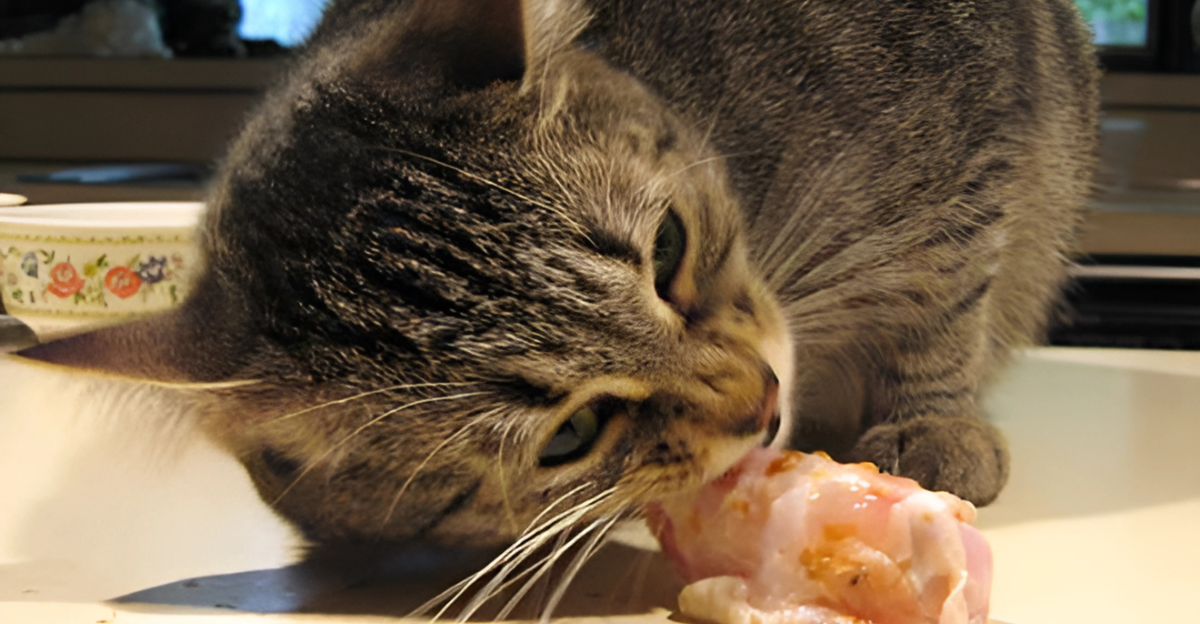
Some alternatives offer similar benefits for pet owners concerned about the risks of raw diets. Commercially prepared cooked diets, freeze-dried raw diets that undergo pathogen reduction processes, and high-quality commercial pet foods can provide balanced nutrition.
These options reduce the risk of bacterial contamination while meeting pets’ dietary needs.
Importance of Consultation
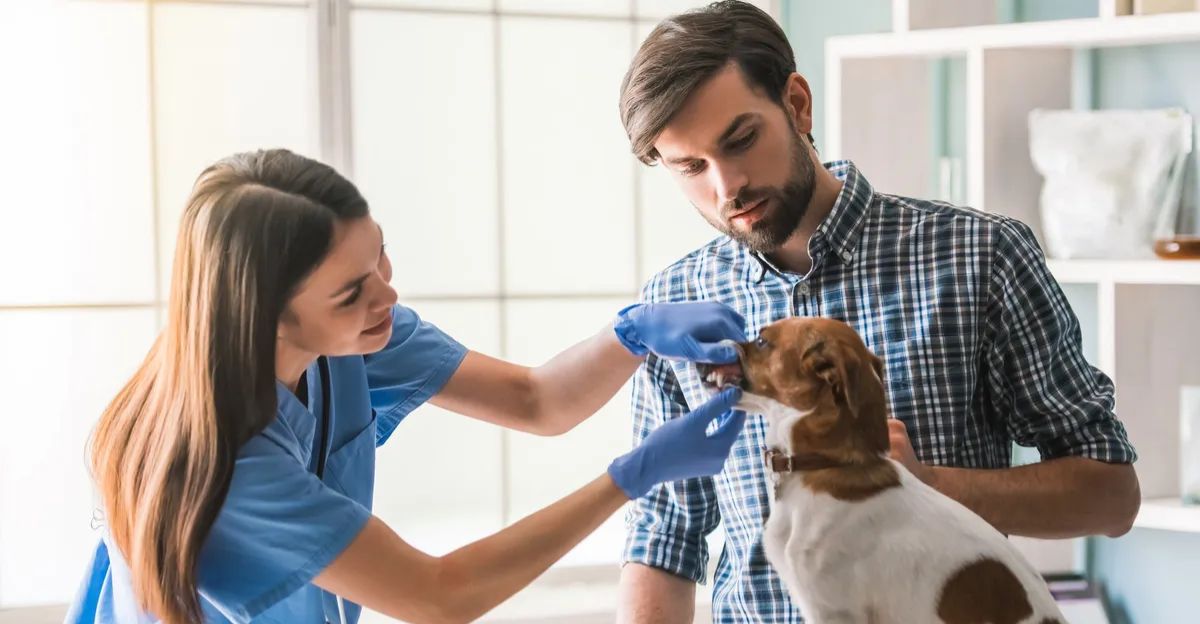
Before transitioning to a raw diet, it’s essential to consult with a veterinarian or a veterinary nutritionist. They can help formulate a balanced diet and monitor the pet’s health.
Regular check-ups and nutritional assessments help ensure the pet receives appropriate nutrients and maintains optimal health.
Monitoring Pet Health
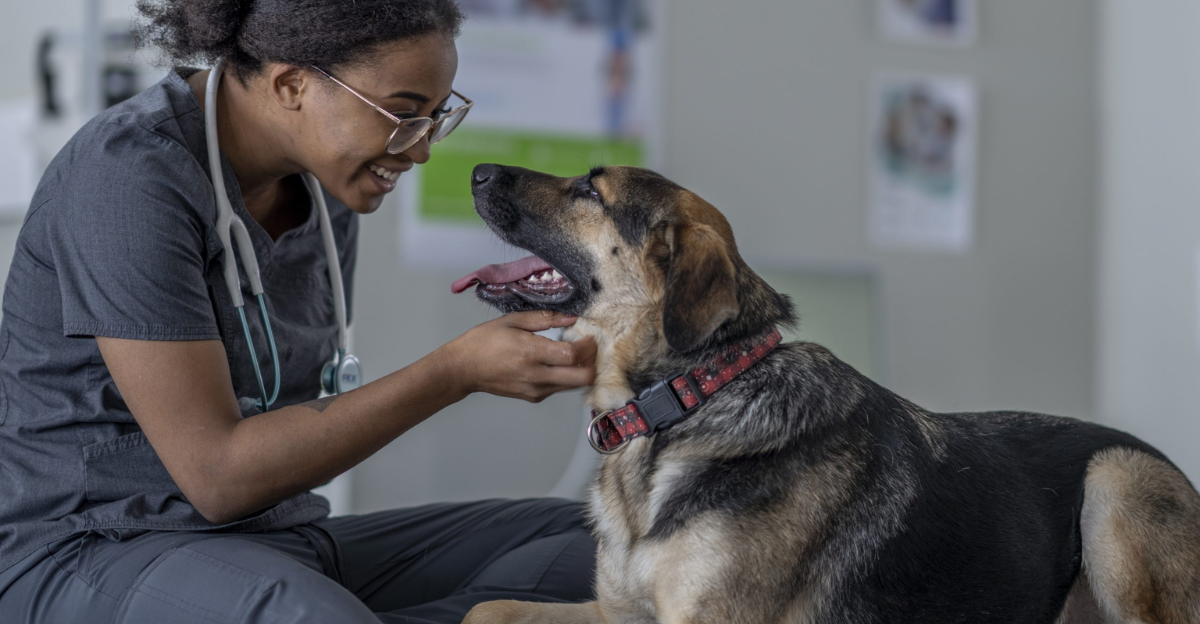
Pets on raw diets should be closely monitored for signs of nutritional deficiencies or health issues. Regular veterinary visits, blood tests, and weight checks can help detect problems early.
Any changes in behavior, appetite, or physical condition should be promptly addressed with a veterinarian.
Making Informed Decisions
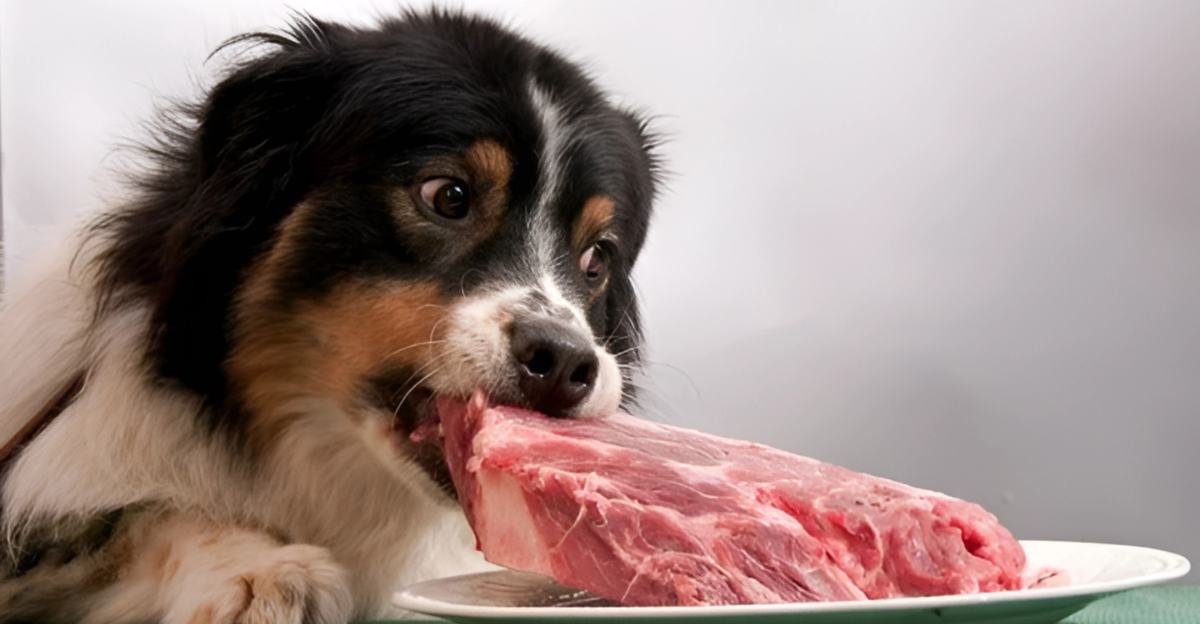
Choosing the proper diet for a pet involves considering various factors, including the pet’s health status, lifestyle, and the owner’s ability to manage food preparation safely.
While raw diets may offer certain benefits, the associated risks require careful consideration. Consulting with veterinary professionals and staying informed about pet nutrition can help pet owners make decisions that prioritize their pets’ health and well-being.
Explore more of our trending stories and hit Follow to keep them coming to your feed!
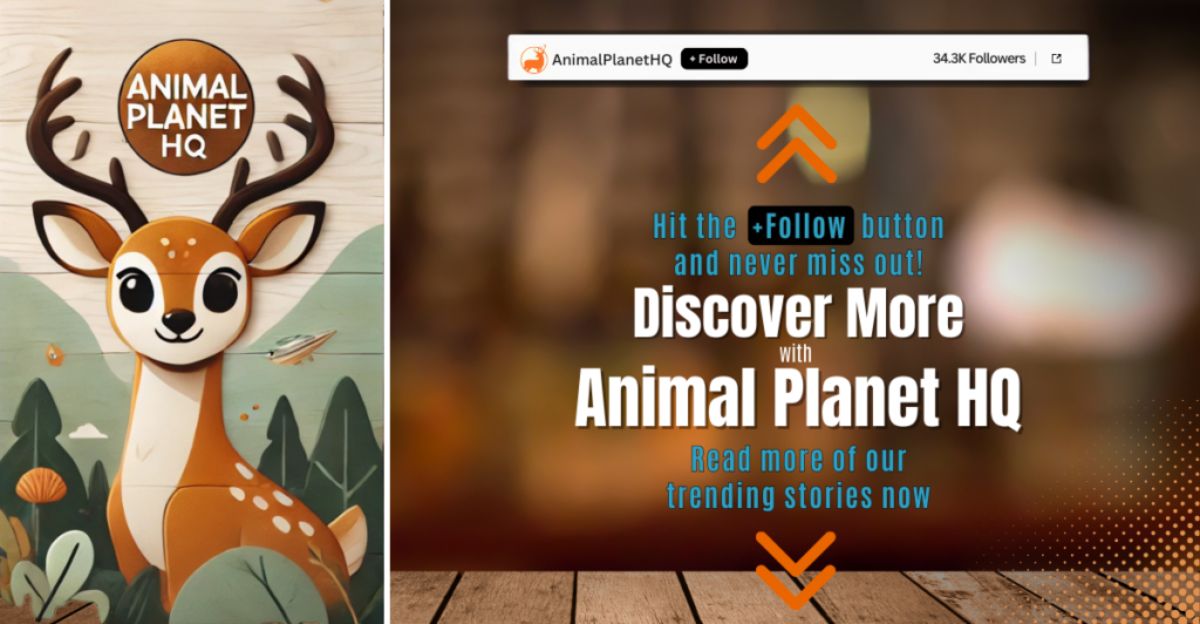
Don’t miss out on more stories like this! Hit the Follow button at the top of this article to stay updated with the latest news. Share your thoughts in the comments—we’d love to hear from you!







